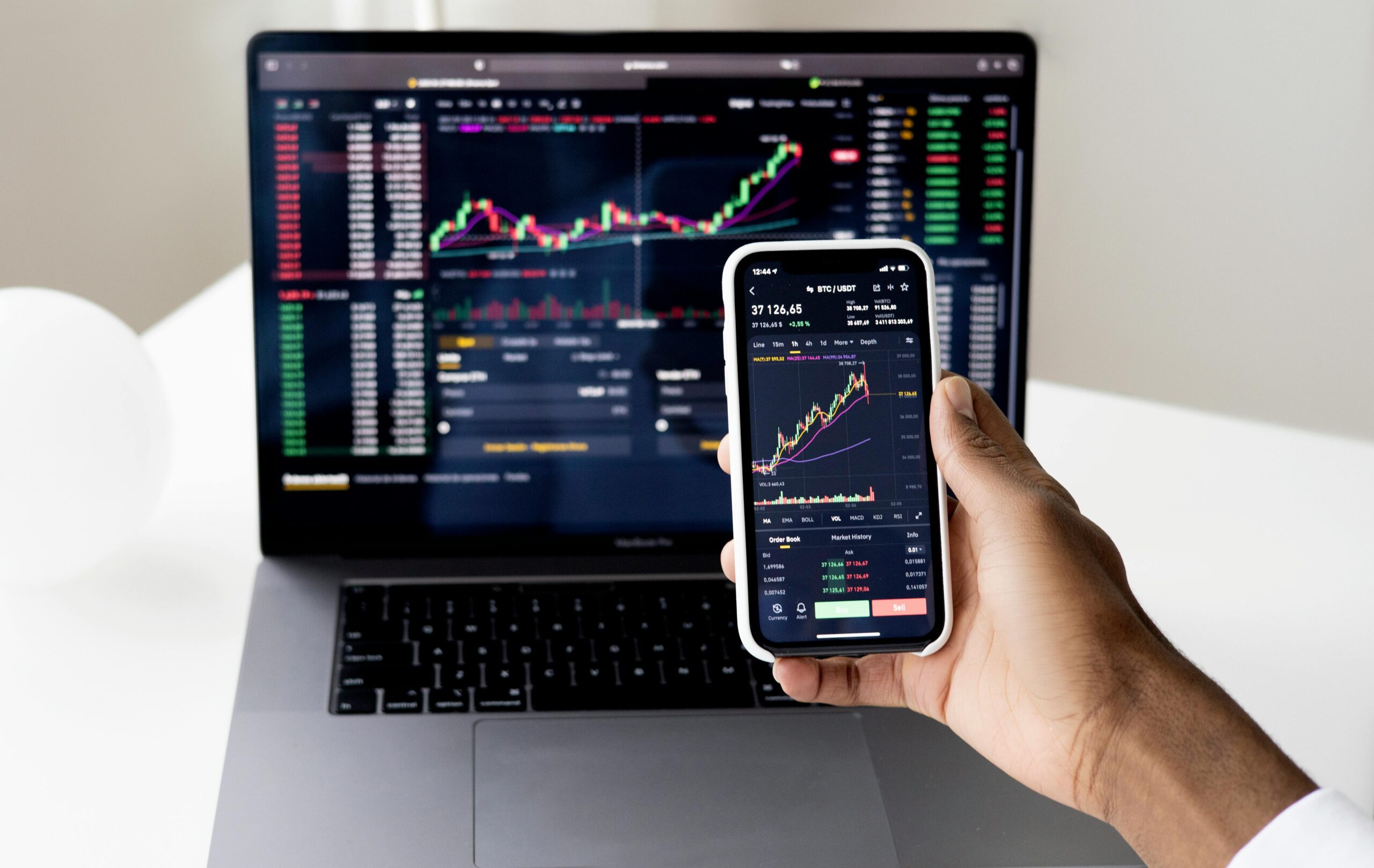Dow Faces Global Risks: Geopolitics, Dollar & Trade Strains

Background of Dow Faces Global Risks: Geopolitics, Dollar & Trade Strains
The Dow Jones Industrial Average has long served as a global barometer of U.S. economic confidence. In 2025, the index remains near historic highs, but under the surface, global risks are exerting significant influence. Geopolitical tensions, shifting trade policies, and sharp movements in the U.S. dollar are creating uncertainty for investors and corporations alike.
Tariffs and trade restrictions have reemerged as political tools, while conflicts in Eastern Europe and the Asia-Pacific continue to disrupt supply chains. Meanwhile, the strong dollar—while supportive of U.S. consumers importing goods—creates headwinds for exporters and multinationals within the Dow.
These risks raise a pressing question: Can the Dow sustain its resilience amid rising global volatility, or will geopolitical and currency shocks derail the rally?
Key Global Risks Shaping the Dow in 2025
1. Geopolitical Tensions
Geopolitical events are among the most powerful drivers of short-term volatility in stock markets:
- Eastern Europe: Continuing conflict disrupts energy markets and raw material supply chains.
- Asia-Pacific: U.S.-China relations remain tense, with flashpoints in technology and semiconductors.
- Middle East: Energy price shocks tied to instability feed into global inflation, pressuring corporate margins.
Market Impact:
Dow components with international exposure—such as aerospace, energy, and industrial firms—face supply bottlenecks, rising input costs, and uncertainty around overseas sales.
2. Tariffs and Trade Policy
Trade policy is once again front and center in 2025. Tariff escalations between the U.S. and China, alongside new regional trade agreements, are reshaping global flows.
- Tariffs on semiconductors and tech products have increased production costs.
- Retaliatory tariffs from trading partners have reduced U.S. exports of agricultural and manufactured goods.
- Reshoring policies benefit domestic industries but create short-term inefficiencies.
Market Impact:
Industrials and multinational consumer goods firms in the Dow are particularly exposed to retaliatory measures, while domestically focused companies may benefit.
3. Dollar Strength and Currency Volatility
The U.S. dollar has remained strong through much of 2025, buoyed by safe-haven flows and interest rate differentials.
- A strong dollar hurts exporters by making U.S. goods more expensive overseas.
- It also reduces the value of foreign earnings when translated back into dollars.
- However, it benefits importers and U.S. consumers, easing price pressures on imported goods.
Market Impact:
Dow-listed companies with significant overseas revenues—especially in technology, pharmaceuticals, and industrials—report earnings headwinds due to currency translation effects.
4. Commodity Prices and Supply Chains
Global risks often spill into commodity markets:
- Oil prices remain volatile due to Middle Eastern instability.
- Agricultural commodities are affected by tariffs and extreme weather.
- Critical raw materials like rare earths face supply constraints, impacting electronics and defense sectors.
Market Impact:
Volatile input prices create margin pressures for Dow constituents, particularly manufacturers and industrials.
Sectoral Implications Inside the Dow
Technology
- Risk: Vulnerable to tariffs and export restrictions on semiconductors.
- Opportunity: AI and digital transformation still drive strong domestic demand.
Industrials
- Risk: Sensitive to global trade tensions, supply chains, and dollar strength.
- Opportunity: Domestic reshoring and infrastructure investment provide a partial buffer.
Financials
- Risk: Currency volatility affects cross-border transactions and investments.
- Opportunity: Global uncertainty can increase demand for U.S. financial safe havens.
Consumer Staples & Healthcare
- Risk: Tariffs may increase costs of imported raw materials.
- Opportunity: Defensive sectors tend to attract investors during volatility.
Investor Sentiment and Market Performance
Despite these headwinds, the Dow has remained surprisingly resilient, reflecting investor confidence in earnings resilience and Federal Reserve support. But sentiment is fragile: each geopolitical shock or tariff escalation triggers sell-offs, particularly in globally exposed stocks.
The VIX (volatility index) has ticked higher compared to earlier in the year, suggesting that investors are bracing for more turbulence ahead.
Leading Indicators to Watch
- Federal Reserve Policy: Rate cuts may soften the dollar and support exporters.
- Geopolitical Developments: Escalation in key regions could trigger sector-specific sell-offs.
- Trade Negotiations: Breakthroughs in U.S.-China or trans-Atlantic trade talks could ease market fears.
- Earnings Guidance: Multinationals’ forecasts provide insight into real-time global risks.
Navigating Global Risks as an Investor
- Diversify across sectors: Avoid overexposure to export-heavy firms alone.
- Hedge currency risk: Use dollar-hedged ETFs or global exposure strategies.
- Focus on resilient sectors: Consumer staples, healthcare, and select technology names may outperform.
- Stay tactical: Consider rotating between cyclical and defensive stocks as geopolitical events evolve.
Conclusion
The Dow Jones Industrial Average in 2025 is caught between resilience and risk. AI-driven tech and defensive sectors continue to support the index, but global risks—geopolitical shocks, tariffs, and dollar strength—remain significant headwinds.
While the strong dollar reflects confidence in the U.S. economy, it hurts multinationals’ earnings. Similarly, tariffs and trade disputes inject uncertainty into industrial and consumer goods sectors. Geopolitical tensions amplify these risks, creating volatility that investors cannot ignore.
For investors, the key is to recognize that global risks will not affect all Dow sectors equally. Diversification, hedging, and a balanced approach between growth and defensive assets can help navigate turbulence.
Ultimately, the Dow remains a reflection of both domestic resilience and global vulnerability—a dynamic that defines the 2025 investment landscape.